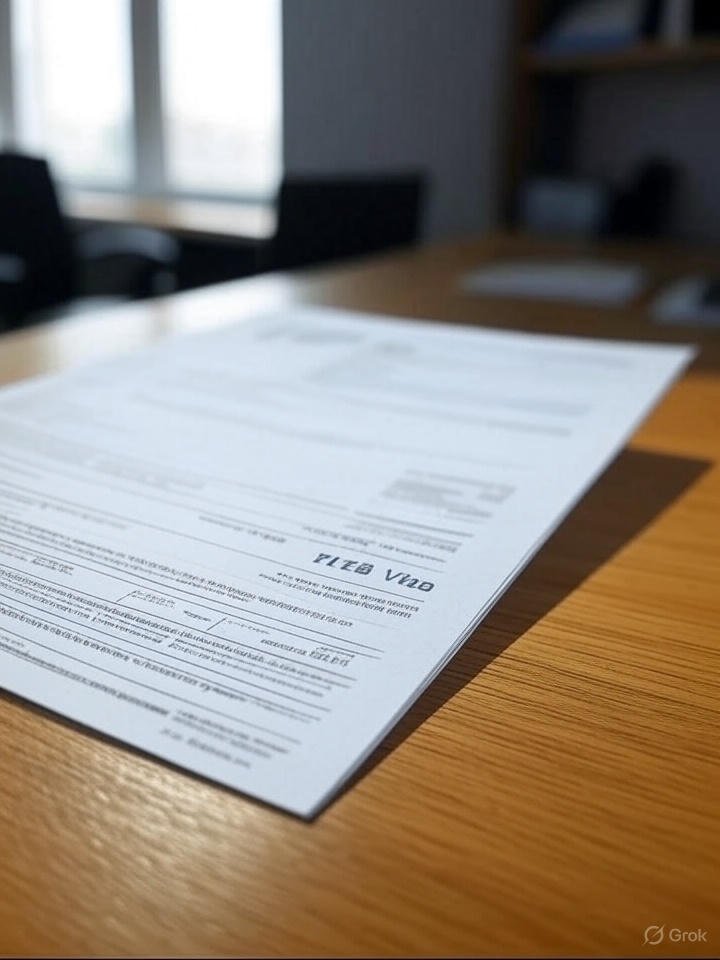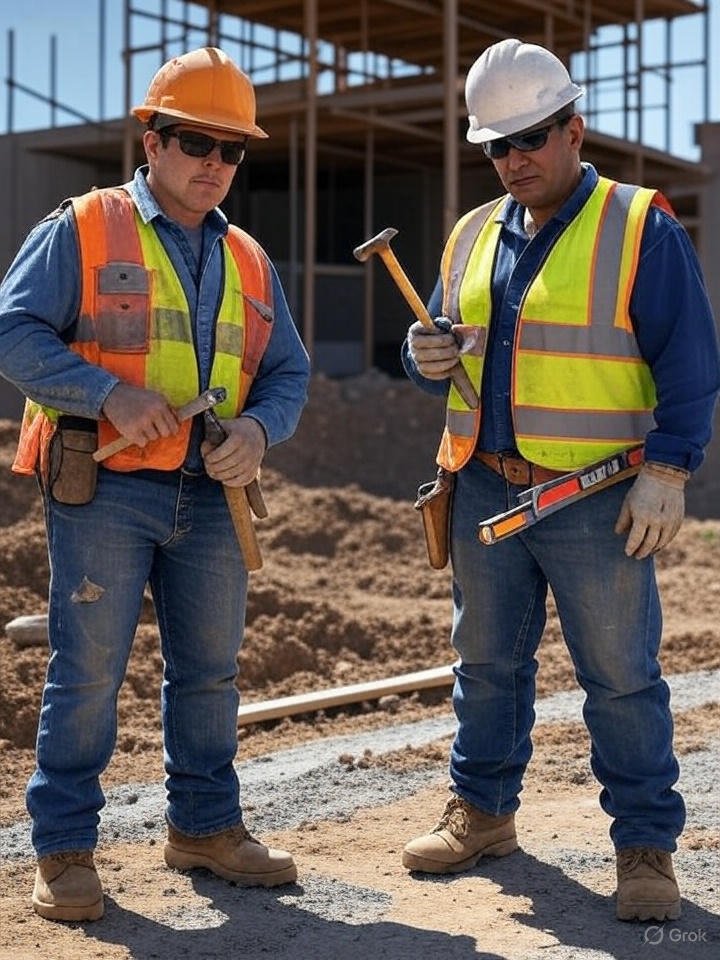States jobs in Australia with visa sponsorship are a dream come true for professionals worldwide. Imagine working in the vibrant tech hubs of Melbourne, the mining fields of Western Australia, or the tourism hotspots of Queensland—all while building a life in one of the world’s most livable countries.
With over 150,000 job vacancies offering visa sponsorship in 2024 (Seek Australia, 2024), Australia is a land of opportunity for skilled workers.
But securing these roles requires navigating visas, employer requirements, and a competitive job market. This guide offers a clear roadmap, packed with practical tips, a success story, and insider insights to help you land your dream job.
Advertisements
You have been blocked from seeing ads.
';
endif;
?>
Why Visa Sponsorship Matters
Visa sponsorship is the key to unlocking Australia’s job market for international applicants. Unlike standard work visas, sponsored roles mean an employer is willing to support your legal right to work in Australia.
This is a big deal—sponsored jobs are often in high-demand fields like healthcare, engineering, and IT, offering competitive salaries and pathways to permanent residency. Each Australian state has unique industries, making it critical to match your skills to the right region.
Australia’s appeal goes beyond jobs. Think sunny beaches, multicultural cities, and a relaxed lifestyle. Sponsorship makes it possible to live this dream while advancing your career. The challenge? Finding employers who sponsor and standing out in a crowded applicant pool.
Understanding Visa Options for Sponsored Jobs
To work in Australia with visa sponsorship, you need the right visa. Here are the main options:
- Temporary Skill Shortage (TSS) Visa (Subclass 482): Allows you to work for a sponsoring employer for up to four years. Ideal for roles like nurses, engineers, and software developers.
- Employer Nomination Scheme (ENS) Visa (Subclass 186): Offers permanent residency for workers nominated by an employer. Common in industries like construction and healthcare.
- Regional Sponsored Migration Scheme (Subclass 494): Targets regional areas like Tasmania or South Australia, with a path to permanent residency after three years.
Pro Tip: Check the Skilled Occupation List (SOL) on the Department of Home Affairs website. Occupations like civil engineers and registered nurses are often prioritized for sponsorship.
Disclaimer: Visa eligibility depends on your occupation, qualifications, and employer sponsorship status. Always consult a licensed migration agent for personalized advice.
Top States for Sponsored Jobs
Australia’s states offer diverse opportunities for sponsored roles. Here’s a breakdown:
New South Wales (NSW): The Corporate Hub
Sydney leads in finance, tech, and healthcare. Companies like Atlassian and Westpac often sponsor IT professionals and accountants. In 2024, NSW had over 60,000 sponsored job openings (Seek Australia, 2024).
Victoria: Innovation and Healthcare
Melbourne’s hospitals and tech startups are sponsorship-friendly. Roles in nursing and software engineering are in high demand, with employers like Epworth Healthcare leading the way.
Queensland: Tourism and Mining
Brisbane and regional areas like Cairns need hospitality workers and mining engineers. Many employers offer sponsorship to fill skill shortages in these sectors.
Western Australia (WA): Resource Boom
Perth’s mining and energy sectors are goldmines for geologists and mechanical engineers. Companies like BHP frequently sponsor international talent.
South Australia: Emerging Opportunities
Adelaide’s renewable energy and defense industries are growing. Roles in project management and electrical engineering often come with sponsorship.
Tasmania: Regional Incentives
Tasmania’s agriculture and tourism sectors offer sponsored roles for farm managers and hospitality workers, with added perks like relocation support.
How to Find Sponsored Jobs
Landing a sponsored job requires strategy. Here’s how to get started:
1. Target Sponsorship-Friendly Employers
Use job boards like Seek, Indeed, and Jora to filter for “visa sponsorship.” Check company websites for sponsor status—only employers with a Standard Business Sponsorship (SBS) license can sponsor.
2. Tailor Your Application
Australian employers value concise, results-driven resumes. Highlight skills listed on the SOL and mention your visa eligibility to ease employer concerns.
3. Work with Recruitment Agencies
Agencies like Hays, Chandler Macleod, and Robert Walters specialize in sponsored roles. They often have exclusive listings and can guide you through the visa process.
4. Network Strategically
Join LinkedIn groups like Australia Jobs for Expats or attend virtual job fairs hosted by Jobs Victoria. Networking can uncover unadvertised roles.
5. Ace the Interview
Australian interviews emphasize cultural fit and technical skills. Be ready to discuss how you’ll adapt to the workplace and handle industry-specific challenges.
Unique Insight: Create a “sponsorship pitch” in your cover letter. Briefly explain why you’re a great fit for the role and how your skills address Australia’s skill shortages. This shows employers you understand their needs.
Success Story: Javier’s Journey to Perth
Javier, a mechanical engineer from Spain, dreamed of working in Australia’s mining sector. After researching the SOL, he targeted companies in Western Australia and connected with a recruiter via LinkedIn. His tailored resume highlighted his experience with heavy machinery, landing him a role with a mining firm in Perth.
The company sponsored his TSS visa, and within two years, Javier applied for permanent residency. “It was about persistence and showing my value,” he says. “The recruiter made the process so much smoother.”
Challenges and How to Overcome Them
Securing a sponsored job isn’t without hurdles. Here’s how to tackle common challenges:
- Finding Sponsors: Use the Australian Business Register to verify if an employer holds an SBS license. Focus on large firms or industries with skill shortages.
- Visa Costs: Sponsorship fees can be high (up to AUD 4,000). Some employers cover these, so clarify during negotiations.
- Cultural Differences: Australian workplaces value direct communication and teamwork. Study local workplace norms through blogs or expat forums.
Benefits of Sponsored Jobs
Sponsored jobs come with significant perks:
- Competitive Salaries: Average salaries for sponsored roles range from AUD 65,000 to AUD 130,000 annually, depending on the industry (Glassdoor, 2025).
- Residency Pathways: Many visas lead to permanent residency, especially in regional areas.
- Job Security: Sponsored roles are often in high-demand fields, offering stability.
Disclaimer: Salary ranges vary by role, experience, and location. Check specific job listings for accurate figures.
Common Mistakes to Avoid
- Focusing Only on Cities: Regional jobs in places like Tasmania offer better sponsorship odds and less competition.
- Generic Applications: Tailor every resume and cover letter to the job and employer’s needs.
- Ignoring Follow-Ups: After applying, follow up politely with recruiters or hiring managers to show enthusiasm.
FAQs About States Jobs in Australia with Visa Sponsorship
How Do I Know If an Employer Sponsors Visas?
Check job listings for “visa sponsorship” or verify the employer’s SBS status on the Department of Home Affairs website.
Which Industries Offer the Most Sponsorship?
Healthcare, IT, engineering, and mining lead the way. Check the SOL for the latest in-demand roles.
How Long Does the Visa Process Take?
TSS visas typically take 1-3 months, depending on the employer and your preparedness.
People also read: Nursing Job in the UK for Registered Nurses
Ready to land a sponsored job in Australia? Start by researching the SOL and targeting sponsorship-friendly employers.
Tailor your resume, connect with recruiters, and explore regional opportunities. With the right strategy, you’ll be on your way to a thriving career Down Under.
Success Story
Aisha, a nurse from Kenya, found a sponsored role in South Australia’s aged care sector. Initially hesitant about regional work, she discovered Adelaide’s welcoming community and career growth opportunities.
Her employer covered her TSS visa costs, and she’s now pursuing permanent residency. “Don’t overlook regional jobs,” Aisha advises. “They opened doors I didn’t expect.”





